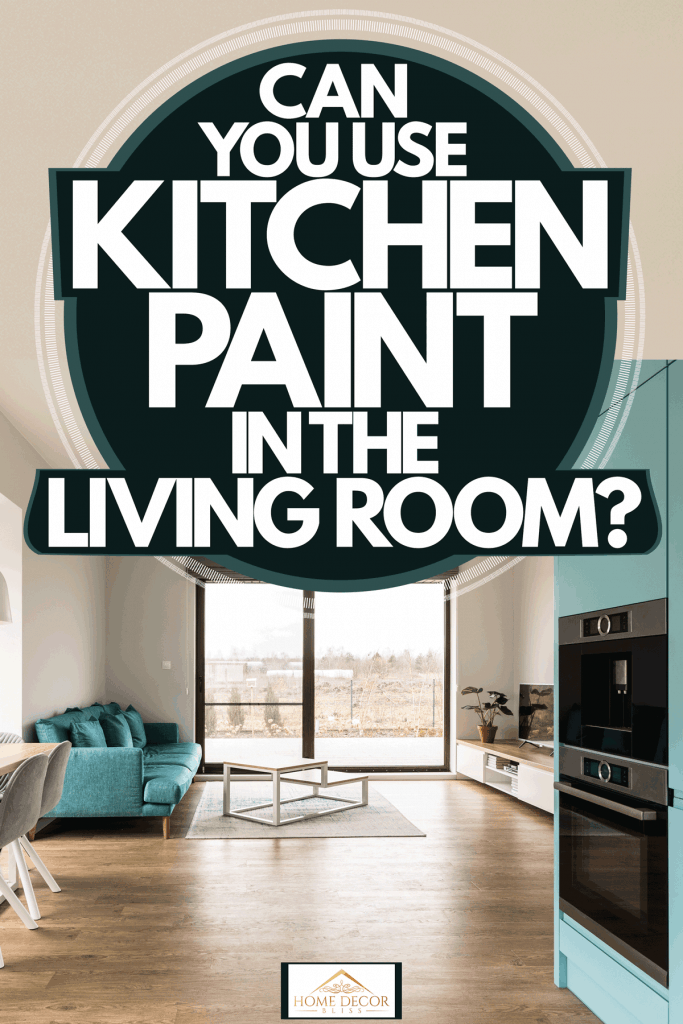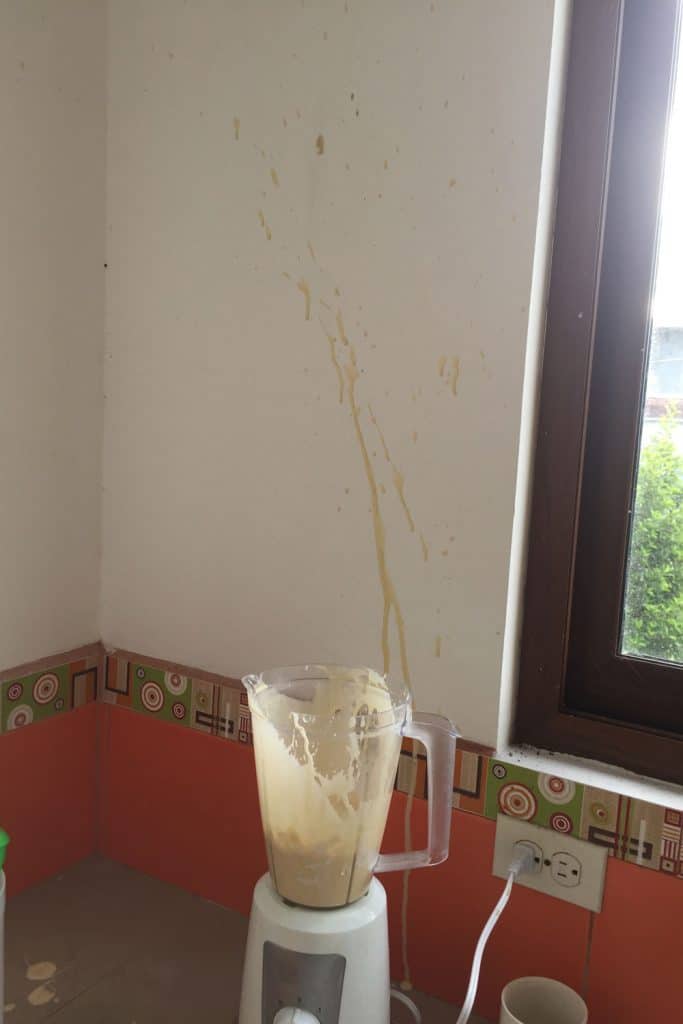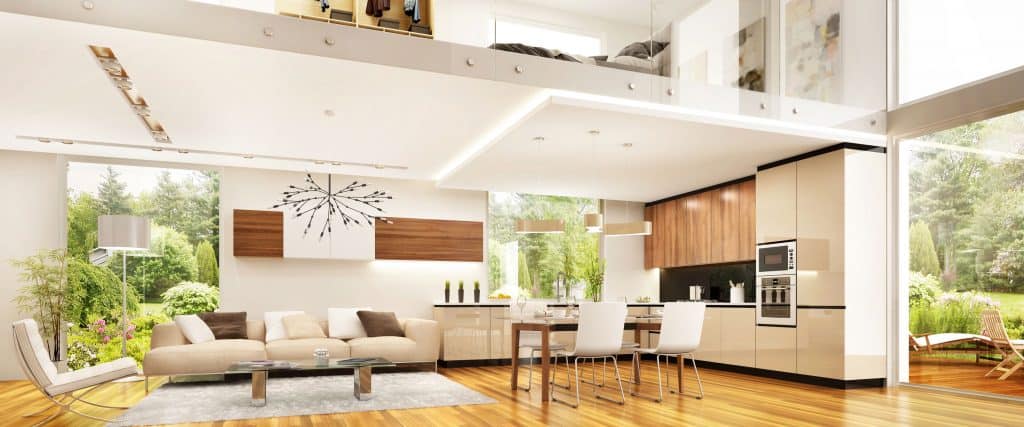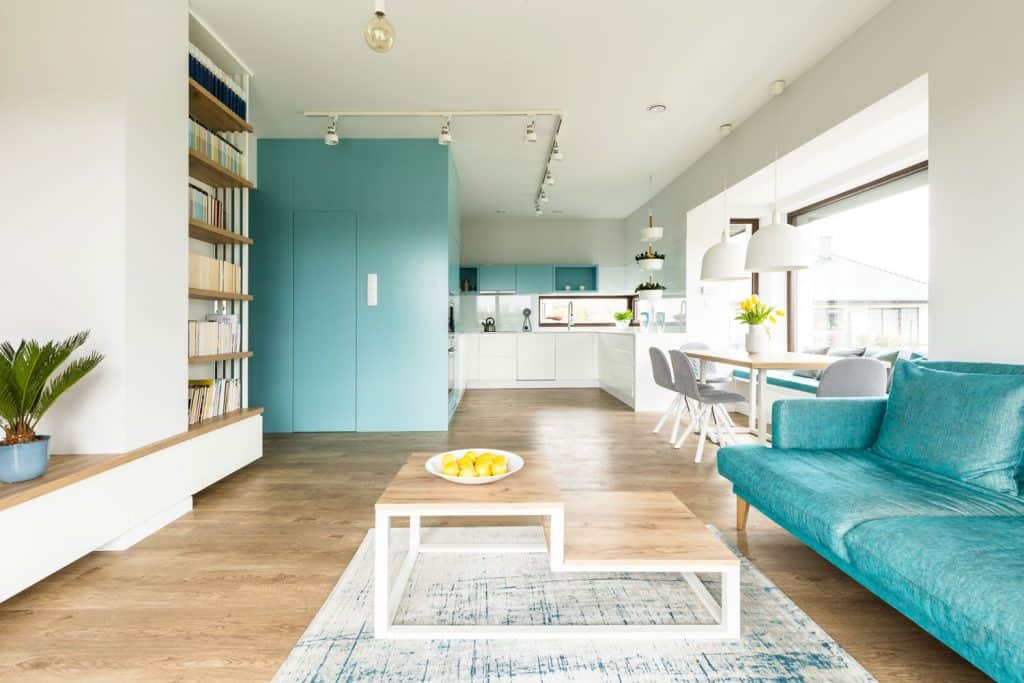Maybe you've already painted the kitchen and overbought. With gallons of paint left, it seems obvious to use the leftovers somewhere else, like the living room. But if the paint you've bought is marked especially for the kitchen, you might wonder, can you use kitchen paint in the living room? Paint experts agree that no matter the color, this isn't a gray area --the answer is clear, and we've found it for you!
Kitchen paint is just like any other paint and can be used in any room, including the living room. Formulated to be more moisture and oil-resistant, essential qualities for the kitchen, this paint is designated for consumers' ease. However, it may be expensive to use it where it isn't necessary. Conversely, don't use regular paint in the kitchen unless you're certain that it's durable enough for the job.
Keep reading for more information on how to pick your paint. We'll cover the differences in greater detail. This article also outlines the best paint finish for different areas in your house. Finally, we'll cover what rooms should be the same color and what rooms should not.

What Is The Difference Between Kitchen Paint and Regular Paint?
Kitchen and bathroom paints are essentially the same. Because these rooms have more moisture than other rooms in your house, the paint is prone to harder use. Kitchen walls, for instance, are vulnerable to grease stains, juicy splatters, and steam damage. Ventilation can also vary since windows may not be as accessible in these rooms.
For this reason, paints marked for the kitchen or bathroom are made with special polymers. This creates a durable blend for moisture, grease, and oils. These paints also tend to be thicker than regular paints. However, it's important to keep in mind that the kitchen paint label is a suggestion, not a requirement. Paint blended for a kitchen is marked so that the average DIY-er can easily pick the right paint for the job. You can use it in any room you like.
We sometimes add affiliate links and content that was curated and created by our team with the help of advanced ai tools to help showcase the best design styles.

Please don't use regular paint in the kitchen. If it isn't made to be as hardworking as kitchen paint needs to be, you'll end up repainting earlier than you expected when the paint chips and peels. If, for some reason, you absolutely refuse to buy kitchen-specific paint, at least pick one with an oil base. Latex just isn't water-resistant enough.
Should Kitchen And Living Room Be The Same Color?
You don't have to stick to just one color for the major rooms in the house or keep the exact same color scheme. But, it does help to link the colors used throughout the home. This creates a sense of unity that flows from one room to the next. Distinct, abrupt changes to the color scheme have a jarring, unpleasant effect.
If your rooms are all one adjoined space, such as in an open floor plan, it's common to use the same color for the walls in each space. This helps blend everything. On the other hand, if you want to make each area stands out, an easy way to differentiate between each space is different paint colors. It's really, ultimately, a matter of your style and vision. Read more about it here "Should the Kitchen and Living Room be the Same Color?"

How To Pick A Color Scheme For The House
One easy, common way to accomplish harmonious decor through the home is to pick a set of three to five colors. This is a favorite trick of most decorators. In each room, one color will be the main color, roughly 60% of the room. One other color is approximately 30% of the room, and the last color is 10% of the overall scheme. You can rotate using different combinations of five total colors in each room. This creates some interest and variety between the rooms, without having so many colors that the house feels busy or oversaturated.
Alternatively, some people prefer to make one color the link between all of the rooms. This doesn't mean that every room needs to be designed the same, though. For example, if you decide to tie the rooms together by having yellow in each room, you might paint the kitchen walls yellow. The living room may, instead, have yellow curtains and throw pillows. Perhaps a yellow area rug in the dining room. All of the rooms contain some yellow, but you can still customize each room to be unique.

What Paint Finish For The Living Room?
You'll want to consider the usage and traffic of the living room before picking a paint. Matte or flat paints tend to conceal any imperfections or flaws in the paint job. But these finishes do show dirt and stains quickly. Are there small, sticky-fingered toddlers in residence? In that case, then matte paint may not be ideal for you.
Eggshell or satin finish is a bit shinier and more lustrous, though not quite as much as a gloss. It's reflective, great for brightening up a smaller room. It's also easier to wipe clean than a flat finish. However, it doesn't have quite the same ability to conceal irregularities as flat finishes do. Be sure to prep the area well before painting and take your time. If you're not that handy with a paintbrush, it might be best to hire a pro.
What Paint Finish For The Kitchen?
Because it's a bit more durable and easy to clean, you'll want to stick to eggshell, satin, or maybe even semi-gloss for the kitchen. Avoid flat or matte paints, as they will trap grease and other dirt. Glossier, shinier finishes tend to wipe off easier, a definite bonus for areas like over the stove.
If you like a more lustrous look, semi-gloss is an appropriate choice for children's bedrooms and bathrooms. On the other hand, for some people, it may be a bit too sheen. In this case, satin is more subtle but still more durable than matte paints.
You can learn more by checking out "10 Types Of Paint Finishes For Walls."
In Closing
Kitchen paints are special formulas, which come with increased oil and moisture-resistance. These unique blends are ideal for use in a kitchen, but they're acceptable for any room of the house. Just don't use regular paints in the kitchen, as they can't handle the kitchen's unusual demands. If you want to paint your living room and kitchen the same color, there's no problem using kitchen paint for both spaces. If it's durable enough for the kitchen, it's fine elsewhere.
